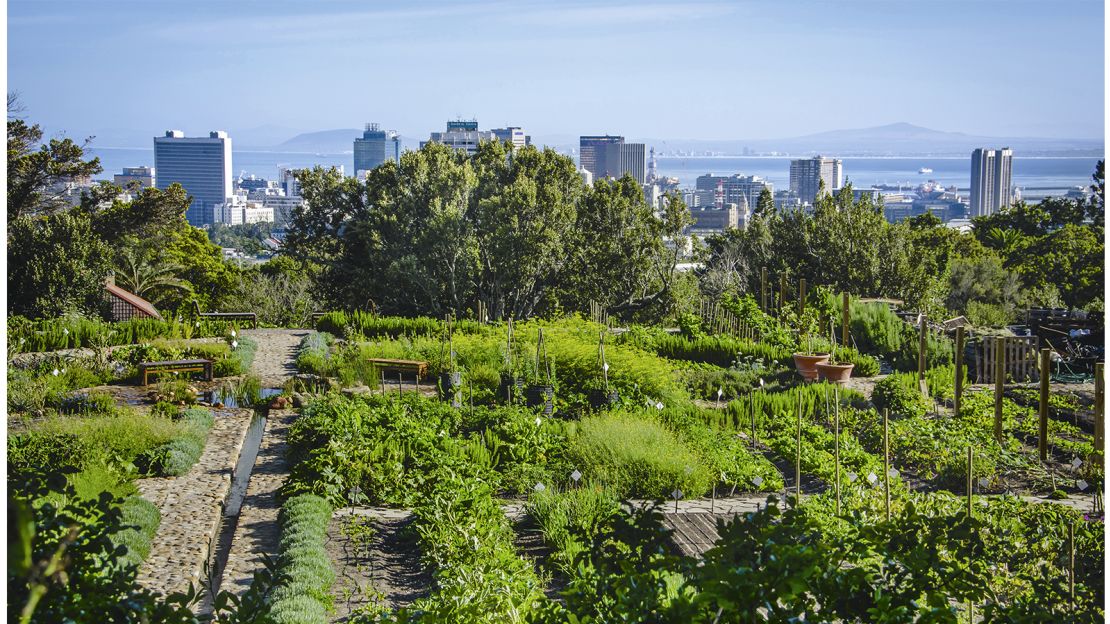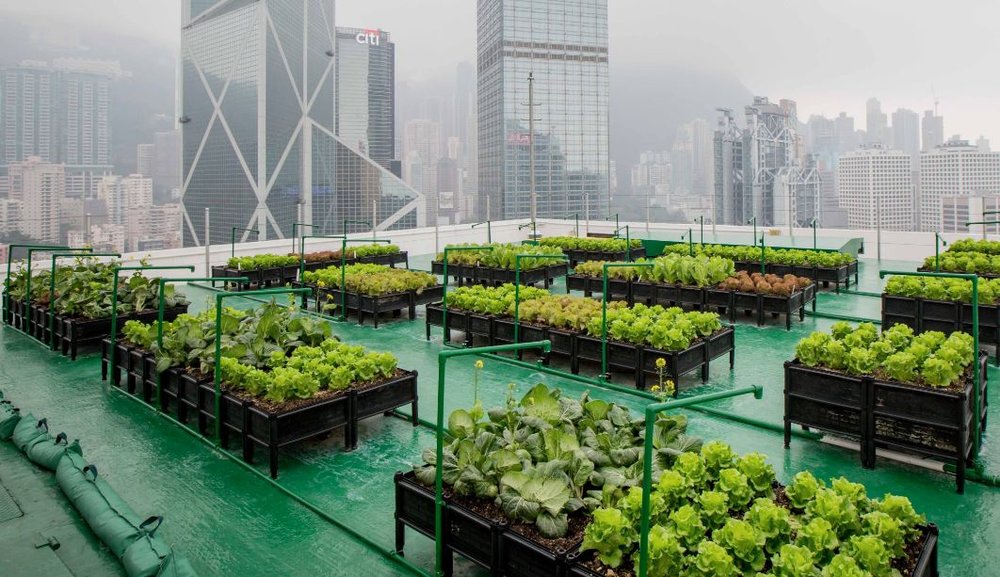The Best Strategy To Use For City Blooming
The Best Strategy To Use For City Blooming
Blog Article
City Blooming Fundamentals Explained
Table of ContentsWhat Does City Blooming Do?Some Ideas on City Blooming You Should KnowTop Guidelines Of City BloomingHow City Blooming can Save You Time, Stress, and Money.The City Blooming Ideas

As you walk the roads of the Bronx, Southside Chicago or East Oakland, you might see have actually even seen big plots of ripening fruits and veggies being collected. What exactly are metropolitan farms and neighborhood yards? Urban agriculture, metropolitan farming, or city horticulture is the practice of cultivating, processing and distributing food in or around city locations.
Usually, city farming as a technique is a bigger investment than horticulture. There are many much more hours invested into the minutiae of farming, from the plant strategy to the tending of your beds. This time dedication handles an entire new definition once you understand the objective that is being worked towards and committed, specifically that of acquiring a plentiful return of crops to be taken in.
A community yard is a solitary piece of land gardened collectively by a group of people. Community gardens utilize either private or shared stories on personal or public land while creating fruit, vegetables, and/or plants expanded for their appealing look. The basic design below is that a big group of individuals each contribute a reasonably little quantity of time to working their very own story, and get the fruits of their labor as an outcome.
Some Ideas on City Blooming You Need To Know

, and community organizations by aiding them establish and grow their very own yards. The distinctions between community yard and city farm are nuanced, though in the end the exact same basic task takes placefood crop growing however within different business frameworks - City gardening.
Urban farms are usually more company and modern technology oriented, with the primary objective of making best use of returns and marketing fruit and vegetables. Industrial metropolitan farms are typically focused on increasing production on normally little land area with developments in modern technologies such as tank farming, hydroponics, and greenhouses and may companion with a business kitchen to develop locally-produced value-added products such as jams and sauces.
All about City Blooming
The produce is generally expanded on a much smaller range and is taken home to consume at home or to share. By giving much needed eco-friendly areas in destitute, concrete urban locations, they permit the advantages of yard horticulture to those doing not have backyards, and serve as superb examples of self-organization and area advocacy.
Some neighborhood gardens, usually in urban locations, move right into expanding for commercial use while some city ranches open up their land for even more socially aware benefits. Regardless of how you specify and separate the 2, they are both favorable pressures for good in cities around America and the globe.
As all of Small Axe Peppers' hot sauces are sourced with peppers from neighborhood yards, your acquisitions directly assist money these local tasks (https://packersmovers.activeboard.com/t67151553/how-to-connect-canon-mg3620-printer-to-computer/?ts=1719460146&direction=prev&page=last#lastPostAnchor). her response So, take part in the revolution by.
A good friend of mine lately commented in a conversation regarding gardening that "It's intriguing, I have actually always thought that farming as a practice is somewhat like horticulture. There are similar elements to both don't you assume?" To the nonprofessional that remark from my close friend would certainly have gone without much idea, it sounds reasonable so why not take it? As I spent more and more time in my Urban Agriculture class I have actually come to realize that to claim that horticulture is a miniature extension of farming would certainly be a bit of stretch.
6 Easy Facts About City Blooming Described
They both focus on the treatment of plants for some objective that can be nutrition, revenue or simply the pleasure of the craft. Furthermore they both call for a monetary financial investment in addition to a time financial investment, something that a lot of individuals in our rapid paced life do not have a lot of - eco-friendly practices.
We can see that the similarities are plentiful, however are the differences sufficient to produce a difference? As a trainee at NYU I have the possibility to collaborate with the leave It Much better Foundation, a group that educates standard nourishment and gardening to secondary school trainees. https://anotepad.com/note/read/ewb5qah3. This experience provided me a thorough foray right into the world of amateur horticulture beyond what lots of people have actually been in call with
Farming as a technique is a bigger investment than horticulture. There are countless much more hours spent right into the trivial matters of farming, from the crop plan to the often tending of your beds.
The typical gardener sets about his duties as a job as opposed to a need and therefore distinguishes his or herself from the farmer. Nevertheless with this distinction in hand, they are both relaxing and stress-free exercises that any person can grab, which on its own should be an advertisement for both.
Examine This Report about City Blooming
Something went wrong - indoor plants. Wait a moment and attempt again Attempt once more
Report this page